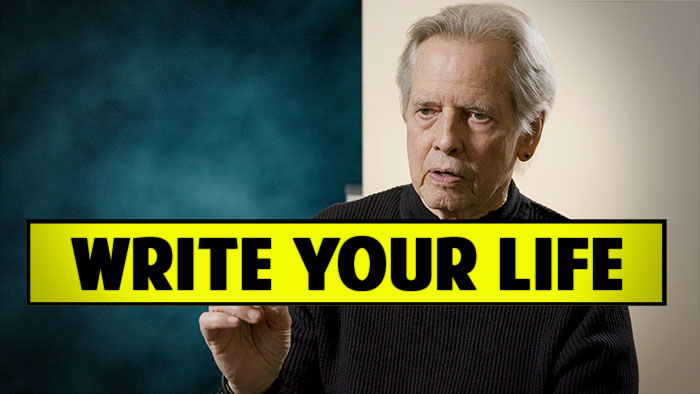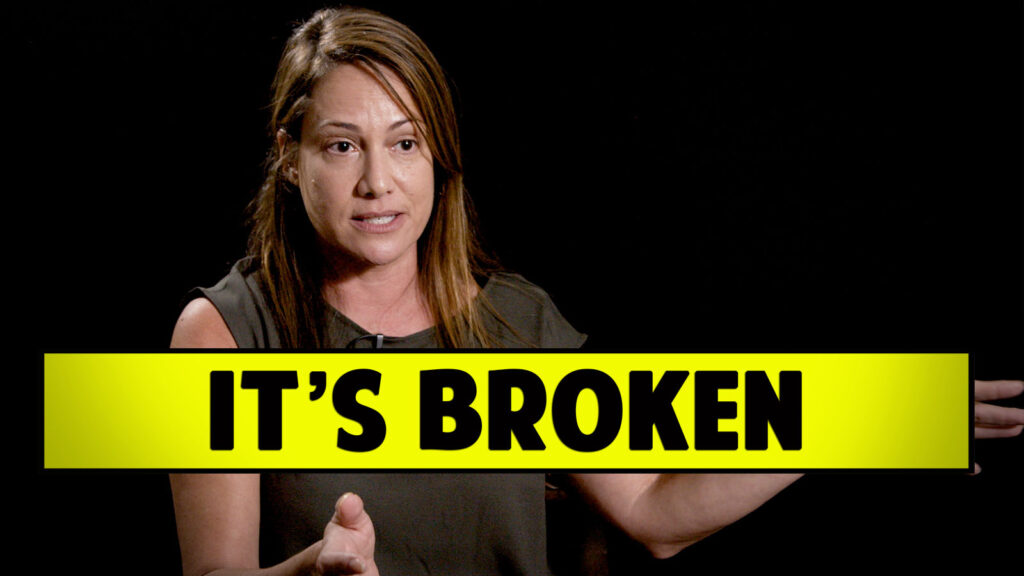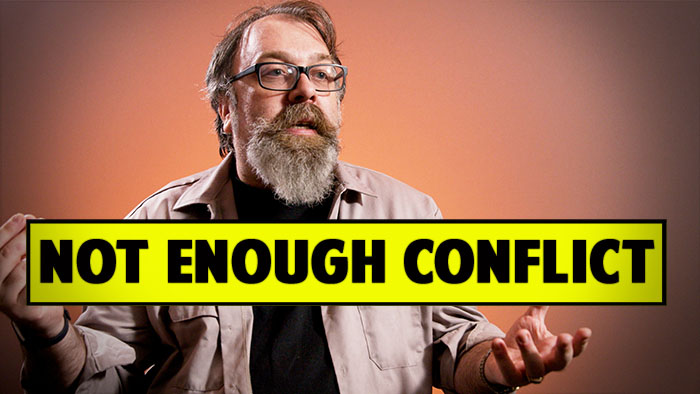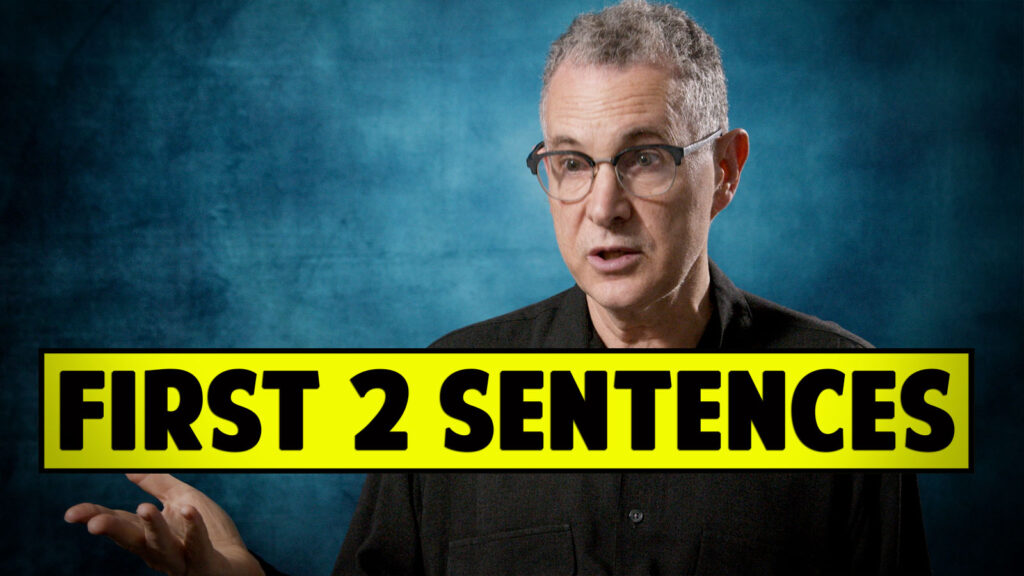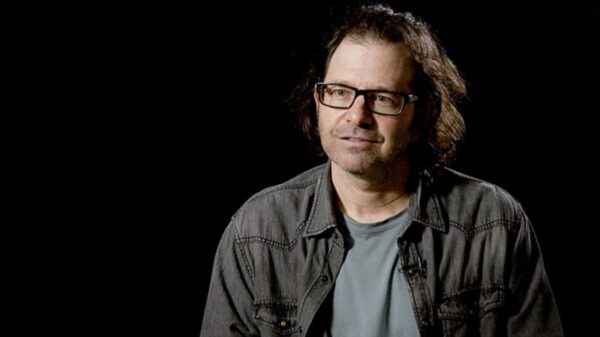
If you have taken advantage of the crowdfunding platform Kickstarter any time since it’s launch in 2008, you know there is a fine line between begging and “fundraising.” It seems that, particularly in recent months, the initial novelty is fading and most friends and family frustrated are feeling tapped out.
Independent filmmakers are at a cross-roads, they must determine the best way to evolve this promising “crowdfunding” model. Its survival depends on expanding “crowdfunding” to a definition beyond a convenient way to indirectly ask friends and family for money.
Over the course of 40 days spanning December and January, I ran a Kickstarter campaign with director Matt Adams for our upcoming Improv Everywhere Film. We set an ambitious goal of $125,000 and after two months of prep work, we launched our campaign. At the very start, it was a scary sight: $0 and no backers. However, with enormous amounts of support, we raised $126,220 with 1,657 backers in a little over a month.

The campaign was an amazing experience but I’d be lying if I didn’t confess to stumbling as often as we succeeded. We certainly didn’t run a perfect campaign but we did learn a great deal as we made it to our goal, including this:
Success in the world of Kickstarter is when a random person, who you can’t trace back to any connection or network, friends or family, pledges to your project.
1) Identify your network.
You could run the best campaign in the world, but if nobody sees it, you’re out of luck. Everyone has some existing network – even if it’s just a bunch of facebook friends. Ideally though, you’ll have access to some network of people that share an interest in you or your project. You might consider the following: your school, a website that you run, an organization that you are a part of, your employer. Each of those networks are better than just your address book. If your film is a documentary about birth control in the US, you could contact Planned Parenthood and pitch them on your concept. Who knows, you might end up in their next mass email and have a great way to find other fundraising connections.
Also, remember that your network scope should be the key determining factor in how much you plan to raise. If you have a website that gets 40,000 hits a day you can set your fundraising goal higher than a blog that sees only 1,000 views a week.
2) Prepare press contacts.
This is one of the most time consuming projects you should tackle before launching your campaign. Assume that 1 in 10 “cold call” emails you send will receive a response and only about 1 out of every 5 responses will result in an article. That means, you should prepare anywhere from 50 to 100 customized emails ready to go in your drafts folder before the campaign even begins. Once you have identified a website or blog you think would be interested in featuring your project, it’s important to search for the best email address to use. Be weary of “support” and “webmaster” addresses as they are rarely checked and responded to less than personal ones. Find out who writes articles on your subject and search the web for their email addresses. Or, find a newly hired reporter who is looking to make an impression and offer an interview. But, most importantly, be sure to keep a spreadsheet of everyone contacted and all published articles. When you are ready to premier, those who have covered you in the past might love to do an update!

3) Choose niche targets.
Blogs and popular websites get requests daily to promote Kickstarter campaigns. Generic one-size-fits-all emails will not work well, especially with these sites. Say you’re making a film about high school ice hockey. Appeal to specific groups that might have an interest in promoting a project about something meaningful to them. For example, you could contact an organization that funds local hockey or even a local ice rink. Most groups, businesses and charities alike, love when films reach out and ask to get involved.
4) The difference between $10 and $15 is huge.
Although it might seem inconsequential, campaigns that have thousands of backers can really use an extra few dollars to make a big difference. Most people who would donate $10 would go for $15. However, watch out for “gotcha” pricing. Nobody will respond well to $19.

5) Give away experiences, not just stuff.
Most low-level backers will be happy with a copy of the DVD, or even a digital download, but be mindful that the big spenders don’t usually want a lot of knickknacks. Instead, think of experiential gifts like a walk on role in your film or an exclusive session with the director and editor in the editing room. The film industry is very glamorous to those who aren’t involved with the daily slog of making a film. Whatever it is, make sure it’s “limited edition” and something that potential donors could not get anywhere else in the world.
6) Push one link.
It might seem like a great idea to setup a page for your project on every social network imaginable. However, when people ask for information about the project, don’t send 6 links. If you already have a twitter account that has lots of followers, use that. No use in setting up what will essentially be a “spam” account for your project. That being said, push the link to the campaign page on every email, comment and message. It should be in your email signature right under your name.

7) Be visual.
If you’re not fluent in Photoshop, find a friend who can be on call throughout your entire campaign. It might even be worth hiring a graphic designer to help with everything from thumbnails, to video graphics (intro, lower thirds, etc), to mockups of your rewards. It’s common knowledge now that every campaign should have a great video, but images and graphics are usually overlooked. Each update should have at least some graphic element like a chart, photo, document, etc.

8) Be human.
This might seem like an easy one. Surprisingly, it’s not. At the end of the day, people donate on Kickstarter to feel good that they are supporting artists that might not otherwise be able to do creative projects. Even with the most business-like campaigns,where products are exchanged for pledges, have some amount of empathy at play. Backers should feel like they are helping to make a dream come true, not just making another transaction.

BIO:
Andrew Soltys is a writer-producer based in New York who had been with Improv Everywhere since moving to the city in 2009. For more, visit: www.andrewsoltys.com.
Matt Adams loves making things. It all started with a love of crayons in kindergarten. Since then, Matt has been a rapper, a children’s party entertainer, a singer in a hardcore band, a comedian and a filmmaker. When Matt was 18, he took a bunch of money that he had saved mowing lawns and bought a video camera. Most of his early videos starred his parents because he didn’t know any actors and since they were hilarious on camera, it seemed to make sense. A few hundred videos later, Matt connected with Improv Everywhere and began filming and editing videos full time. If this campaign is successful, this will be his first feature film and hopefully far from his last. For more, visit: www.mattadamsapple.com.
Like this video? Please subscribe to our Youtube channel. Or love this video and want more? You can show additional support via our Youtube sponsor tab or through Patreon.
Advertisement – contains affiliate links:













